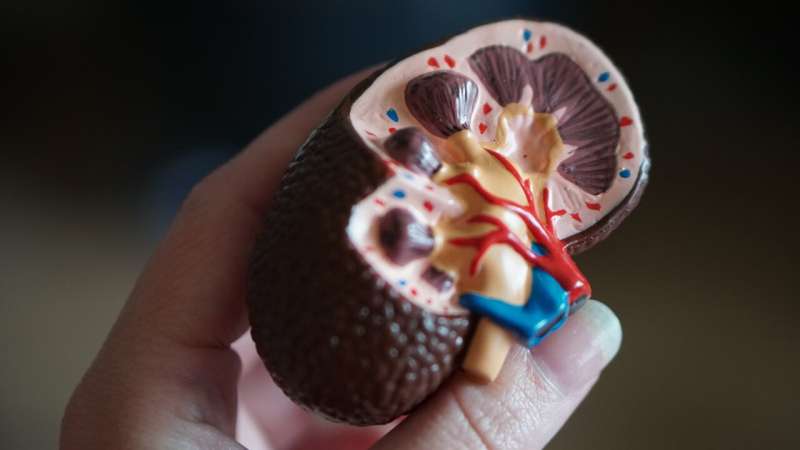Presence of Threadworm in the U.S. Indicates Revival of Forgotten Diseases

New research highlights the surprising resurgence of threadworm infections in South Carolina, indicating that neglected parasitic diseases are making a concerning comeback in the United States.
Recent studies conducted by researchers at the University of South Carolina have revealed a concerning resurgence of threadworm infections in South Carolina, particularly within the Appalachian region and southeastern states. Traditionally associated with impoverished countries lacking adequate sanitation and clean water, these parasitic roundworms—Strongyloides stercoralis—are now resurfacing in developed areas, raising alarms among public health experts.
The research, published in The American Journal of Tropical Medicine and Hygiene, was led by Dr. Matthew Haldeman and epidemiologist Melissa Nolan from USC’s Institute of Infectious Disease Translational Research. Their investigation involved reviewing medical records over five years and analyzing frozen serum samples from residents, uncovering that approximately 5% of the population studied were infected with the parasite.
Surprisingly, nearly one-third of these infections appeared to be acquired locally, with the majority of affected individuals reporting no recent travel. This suggests that the parasite has established a foothold within communities, often going unnoticed. Experts emphasize that although the disease was thought to have been eradicated decades ago, these findings serve as a stark reminder that such neglected infections still pose a significant threat.
Threadworms are capable of causing severe health issues, especially in children, including chronic malnutrition, anemia, cognitive impairment, and hindered educational achievement. Their spread is exacerbated in low-income populations, perpetuating cycles of poverty and poor health. The resurgence underscores the importance of vigilant monitoring and targeted public health interventions.
In the absence of comprehensive surveillance programs—such as the one established in collaboration with South Carolina Department of Public Health—these infections can continue to thrive undetected. The USC team’s approach combined medical record analysis with serological testing to detect ongoing infections, revealing a substantial presence of the parasite that warrants immediate attention.
Public health officials stress the need for continued research into the parasite’s transmission and control strategies. Future efforts aim to eliminate the persistent threat of these parasites, which exacerbate health disparities and hinder community development. Recognizing and addressing this hidden resurgence is crucial for improving health outcomes and preventing further spread.
Source: medicalxpress.com
Stay Updated with Mia's Feed
Get the latest health & wellness insights delivered straight to your inbox.
Related Articles
RFK Jr.'s Role in Amplifying Vaccine Hesitancy and Its Impact in Texas
U.S. Health Secretary Robert F. Kennedy Jr. influences vaccine policies and advocates, fueling the anti-vaccine movement in Texas, with potential national implications that threaten herd immunity and public health.
Metabolic Insights from Kidney 'Immune Hubs' Open New Therapeutic Avenues
New research reveals how metabolic regulation within kidney immune hubs, called TLSs, offers promising therapeutic and diagnostic opportunities for kidney diseases by focusing on glutathione dynamics and immune cell interactions.
Stapokibart Demonstrates Superior Effectiveness Over Placebo for Severe Chronic Rhinosinusitis with Polyps
Clinical trials reveal that Stapokibart outperforms placebo in reducing polyp size and symptoms in adults with severe chronic rhinosinusitis, offering new hope for effective treatment.
The Impact of Financial Hardship on Cancer Patients: Uncovering a Hidden Toll
New research highlights the significant impact of financial toxicity on cancer patients' mental health and quality of life, emphasizing the need for routine screening and systemic solutions.



